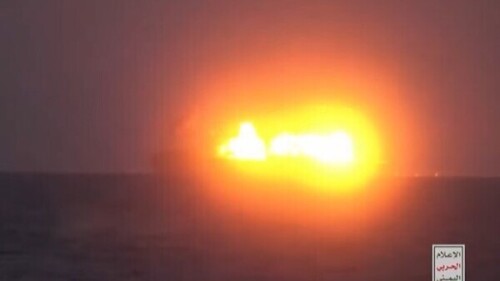Israeli Prime Minister Benjamin Netanyahu’s proposed annexation would cut the Jericho area and scattered other Palestinian villages off from the rest of the West Bank.. |
You’ve probably never heard of Baarle-Hertog, a Belgian territory consisting of an unremarkable three square miles in an otherwise unremarkable part of Europe. However, things get interesting when you look at a map. Baarle-Hertog contains about two dozen unconnected areas entirely surrounded by the Netherlands. Complicating matters, some of these territories in turn completely encircle parts of Dutch Baarle-Nassau.
In the wake of Prime Minister Benjamin Netanyahu’s announced plans to annex the Jordan Valley, which will in turn fragment parts of a future Palestinian state, Baarle-Hertog challenges the dogmatic insistence that only a maximally contiguous Palestinian state can be viable. The town provides a small-scale working model of how such a state will look and operate.
Baarle-Hertog challenges claims that only a contiguous Palestinian state can be viable. |
When Netanyahu first proposed a Baarle-Hertog style approach to drawing borders in 2014, then in reference to annexing Israeli settlements completely surrounded by Palestinian land, local officials pushed back. Representatives from the Belgian territory emphasized the peaceful nature of area compared to the Israeli-Palestinian theater. In their words, “We have no war here, no wall and no religious struggle,” and “We don’t walk around with hand grenades and don’t throw stones.” This sentiment was echoed by Vincent Braam, mayor of the Dutch territories.
Several interesting points arise from the European officials’ bewilderment. First, the primary issue centers on peace rather than the size of the territory. Baarle-Hertog is significantly smaller than a Palestinian state would be, which would seem an intuitive objection to the analogy.
Points along the borders between Belgian Baarle-Hertog and Dutch Baarle-Nassau |
In fact, the opposite is probably true. Whereas in the European territories, situations arose in which patrons of a restaurant straddling the border would need to move to one side at the time of other side’s mandatory business closing hour, such situations would not arise in the Jordan Valley.
Instead, issues will probably center on municipal services, which are easily managed. In large Palestinian territories such as Jericho, services would remain under Palestinian control. In smaller areas, Israel could continue to extend such services when most efficient. If Israel can presently supply electricity to Gaza, a belligerent territory governed by a terrorist organization, it could just as easily continue to provide services to any fragmented Palestinian villages after peace has been achieved.
Palestinian areas of the Jordan Valley can remain distinctly Palestinian. |
[...]
A large Palestinian enclave consisting of Jericho and surrounding areas (designated as going to Palestine on the map presented by Netanyahu) and the scattered Palestinian villages in the Jordan Valley can remain distinctly Palestinian. Just as Arab villages within Israel’s 1948 borders exist undisturbed despite being surrounded by Israeli-controlled territory, the same can hold for Arab villages under Palestinian sovereignty, surrounded by the Israeli-annexed Jordan Valley.
Following Netanyahu’s announcement, the common refrain on the Left is that annexing the Jordan Valley would severely threaten the two-state solution or, as claimed by Peace Now, usher in an apartheid regime against the Palestinians. According to the organization’s own statistics, however, only 80,000 Palestinians live in the region, a minuscule fraction of the 4.7 million Palestinians living in the disputed territories, and as little as 9,000 would fall outside of the Jericho enclave. The vast majority of settled Jordan Valley Palestinians live in Jericho and surrounding areas, which are already governed exclusively by the Palestinian Authority.
It may be time to unilaterally move toward a final status scenario that ensures secure borders for Israel. |
While the geographic aspects of the annexation would not directly hinder a Palestinian state, Gilead Sher, former chief of staff to Ehud Barak and lead negotiator at the 2000 Camp David talks, just issued a scathing report on the consequences of any West Bank annexations. He presents nightmare scenarios that would result, ranging from sanctions against Israel to the collapse of the PA.
While the geographic aspects of the annexation would not directly hinder a viable Palestinian state, critics point to economic consequences. For example, the World Bank has suggested that developing land largely consisting of the Jordan Valley “would add as much as 35 percent to the Palestinian GDP.” However, history shows that these prospects are too hypothetical and contrary to Palestinian practice to be taken seriously. After all, in 2006 Israel gave the Palestinians the entirety of the Gaza Strip to peacefully develop as they pleased. Instead, they looted greenhouses left by Israel and used the land of Gaza to launch thousands of rockets at Israel. When the Palestinians choose peace, they presently have plenty of land available to use for their economy.
Matthew Mainen is a fellow at the Middle East Forum.








